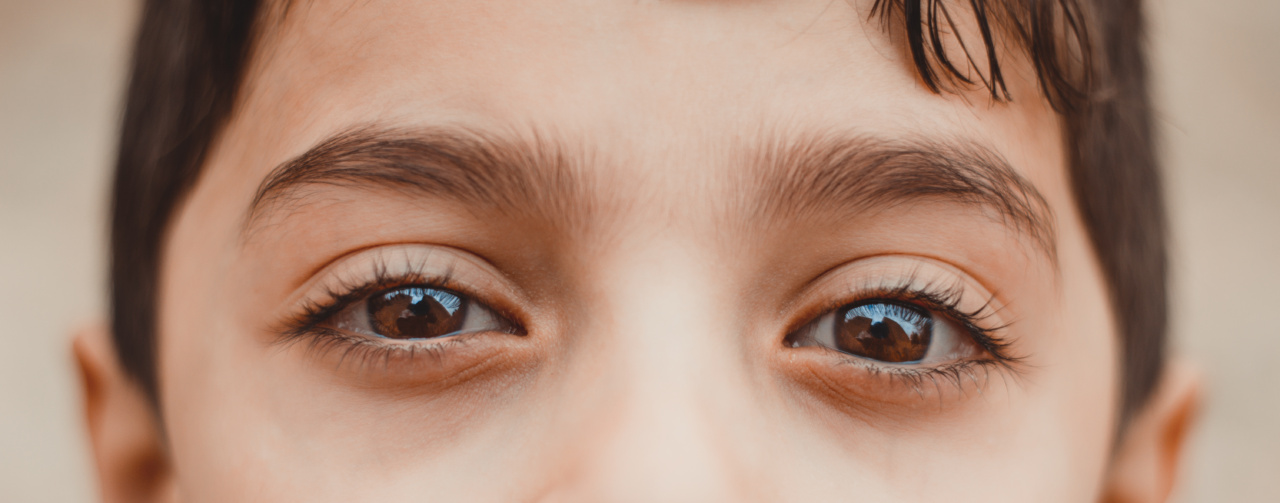Skin cancer is a condition that is commonly associated with adults who have had prolonged exposure to the sun. However, it is important to note that children can also be at risk of developing skin cancer.
While skin cancer in children is relatively rare, it is crucial for parents and caregivers to be aware of the signs and symptoms to ensure early detection and treatment. In this article, we will explore the types of skin cancer that can affect children and discuss the warning signs that parents should look out for.
Types of Skin Cancer in Children
There are three main types of skin cancer that can affect children:.
1. Basal Cell Carcinoma (BCC)
BCC is the most common form of skin cancer in children. It usually appears as a small, pink or red bump with a shiny or pearly surface. BCC typically grows slowly and rarely spreads to other parts of the body.
2. Squamous Cell Carcinoma (SCC)
SCC is less common in children compared to adults, but it can still occur. This type of skin cancer appears as a red, scaly patch or a firm, raised lump. SCC may grow quickly and has the potential to spread to other areas of the body if left untreated.
3. Melanoma
Although melanoma is relatively rare in children, it is the most aggressive form of skin cancer. Melanoma can develop from existing moles or appear as new, unusual growths on the skin.
It often has irregular borders, uneven coloration, and may continue to grow over time.
Warning Signs of Skin Cancer in Children
Early detection of skin cancer in children can significantly improve the chances of successful treatment. Parents and caregivers should regularly examine their children’s skin for any changes or abnormalities.
Here are some warning signs to look out for:.
1. New or Changing Moles
If a child develops a new mole or notices changes in an existing mole, it is essential to have it examined by a healthcare professional. Changes to watch for include asymmetry, irregular borders, variations in color, and an increase in size.
2. Sores That Don’t Heal
Sores or wounds that do not heal over a prolonged period can be a sign of skin cancer. If a child has a persistent sore or ulcer that does not improve with time, it should be evaluated by a medical professional.
3. Unusual Bumps or Growths
Parents should pay attention to any unusual bumps or growths on their child’s skin. These growths may appear as shiny, pearly bumps, rough scaly patches, or raised lumps.
If any new growths are observed, it is essential to have them assessed by a healthcare professional.
4. Changes in Skin Color
Changes in skin color can be an indicator of skin cancer. Parents should be concerned if a child’s skin develops dark spots, becomes redder or paler than usual, or displays uneven pigmentation.
5. Itching, Pain, or Bleeding
If a child experiences itching, pain, or bleeding associated with a mole or any other skin abnormality, it should be promptly evaluated by a healthcare professional. These symptoms can indicate malignant changes within the skin.
6. Family History
If there is a family history of skin cancer, children may have an increased risk. Parents should inform their child’s healthcare provider about any family history of skin cancer to ensure appropriate monitoring and screening.
Prevention Strategies
While it may not be possible to entirely prevent skin cancer, there are several strategies that parents can adopt to minimize risk:.
1. Sun Protection
Teaching children about sun protection is vital in reducing their risk of developing skin cancer. Parents should encourage the use of sunscreen with a high SPF, wearing protective clothing, and seeking shade during peak sun hours.
2. Avoiding Tanning Beds
Tanning beds emit harmful UV radiation that can increase the risk of skin cancer. It is essential to educate children about the dangers of tanning beds and discourage their use.
3. Regular Skin Checks
Schedule regular skin checks with a healthcare professional, especially if there is a family history of skin cancer or if any suspicious changes are noticed. Early detection is crucial for successful treatment.
4. Seeking Shade
Encourage children to seek shade during the hottest parts of the day to minimize sun exposure. This can include taking breaks under trees, umbrellas, or using sun shades when outdoors.
5. Educate Children about Sun Safety
Teach children about the importance of sun safety from an early age. This can include explaining the dangers of excessive sun exposure, the proper use of sunscreen, and the benefits of wearing protective clothing.
Conclusion
Skin cancer in children, although uncommon, can occur, and it is crucial for parents to be vigilant.
Regularly examining a child’s skin for any changes, knowing the warning signs, and taking preventive measures can help reduce the risk of skin cancer. Early detection and timely treatment significantly increase the chances of successful outcomes. By adopting sun safety practices, parents can protect their children from the harmful effects of prolonged sun exposure and reduce the risk of skin cancer.

























